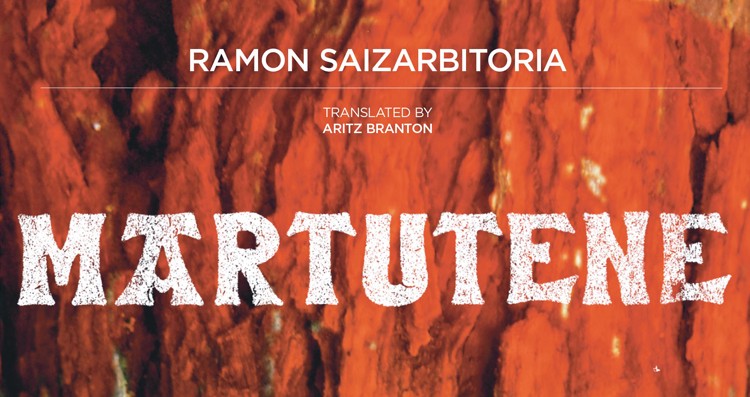Books & Culture
These Words Will Haunt You
László Krasznahorkai’s novellas stalk readers long after they’re finished

László Krasznahorkai writes the kinds of books you need to be in the mood to read. Once labeled the “Hungarian master of the apocalypse” by Susan Sontag, the title has stuck as a kind of badge of honor, reprinted on cover after cover of the English translations of his novels. For the uninitiated, a “Krasznahorkai book” is almost universally choked with despair and poverty and alcohol and grime, from his magnum opus Satantango to his 2015 Man Booker International Prize-winner, War and War.
By comparison, Krasznahorkai’s newest releases in English, The Last Wolf (translated by George Szirtes) and Herman (translated by John Batki), are basically binge-reads, both not even clocking 100 pages in length. Even the label “novella,” as publisher New Directions is calling them, feels like a misnomer — in length, The Last Wolf and Herman could have practically fit in as vignettes in Krasznahorkai’s Seibo There Below. But readers sighing in relief over the publication of the first “digestible” Krasznahorkais ought to be forewarned: both books are a journey, yet neither is a walk in the park.
The Last Wolf is just one sentence long, but it is a mammoth, labyrinthine sentence, encompassing both the breathless monologue of a once-famous author and the interjected actions and questions of the bartender, to whom the narrator is relaying his adventure. The whole ordeal began quite mistakenly, the author explains, when he received an invitation to Extremadura, Spain, from a mysterious and nameless foundation, which insisted he memorialize their lifeless Eden in writing. “…He knew that the whole place, Extremadura, was outside of the world,” Krasznahorkai writes, “because extre means outside, out of, you get it?”
If you do, it might be the last clear signpost you get. In this “mercilessly barren, flat place,” the author finally decides to write about the last wolf to be killed in Extremadura, although it is a task easier said than done:
“…it was south of the River Duero in 1983 that the last wolf had perished” and it might have been the unusual tone of the sentence that stuck in his memory, since scientists didn’t tend to write quite so poetically in articles of this sort, did they? didn’t tend to talk in terms like “the last wolf…”
What is a “last wolf, “anyway? As a game warden explains, the lobos actually died one by one, with the penultimate — a pregnant female — being smashed by a car, as she was too heavy with pups to run across the road.
While the image has an almost Biblical weight — “…he could remember it clearly, could see that young she-wolf as clear as if it were yesterday, her guts spilled, her crushed belly with the dead cub inside it…” — The Last Wolf is maddeningly indecipherable, with even its conclusion a dangling, unfinished mystery. “What is most disquieting and, in a way, most melancholy, is that the wolf is not a symbol for anything,” Chrstine Smallwood writes for Harper’s. Instead, the story is finger-trap for the analytic mind, a sort of maze with no way out: You end up chasing your own tail looking for meaning, around and around, right up until the final, and only, period.
Herman is thematically The Last Wolf’s twin, although the novella itself is a pair of stories — “The Game Warden” and “The Death of a Craft.” Both halves concern the hunter, Herman, who sets off into the woods to destroy the park’s last “noxious beasts,” only to seemingly go mad, turning his traps on the people he’d promised to protect:
“The first sporadic cases of broken legs did not cause the hospital to notify the proper authorities, until in early February law enforcement got wind of rumors being retailed far and wide about the nocturnal depredations of a maniac at large among the residences of peaceful citizens, or possibly it was some kids to young to realize the gravity of their acts. The investigation soon established that the culprit or culprits were using standard, if extremely dangerous steel-jawed traps, placed in front of the homes of unwary people with the most perverse cunning and inexhaustible inventiveness, superbly camouflaged so that a person leaving the house in the morning was bound to step in it.”
In the first version of the tale, Herman ultimately becomes the quarry of the townspeople; in the second, amorous aristocrats set aside their canoodling to search for the fabled madman-hunter, only for Herman to vanish without a trace. It is an unsettling pairing of accounts, as the two don’t quite match up in detail, and once again leave the reader searching for hidden meaning where perhaps there is none.

The Last Wolf and Herman take no time at all to read. But each novella is like the literary equivalent of a Rubik’s cube: unintimidating when held in the hand, and yet somehow impossible to get straight once you start trying. Don’t underestimate the pair; they might look flimsy enough to finish during a long commute but they’ll haunt you — or perhaps hunt you — long after the final full-stop has been left behind.









